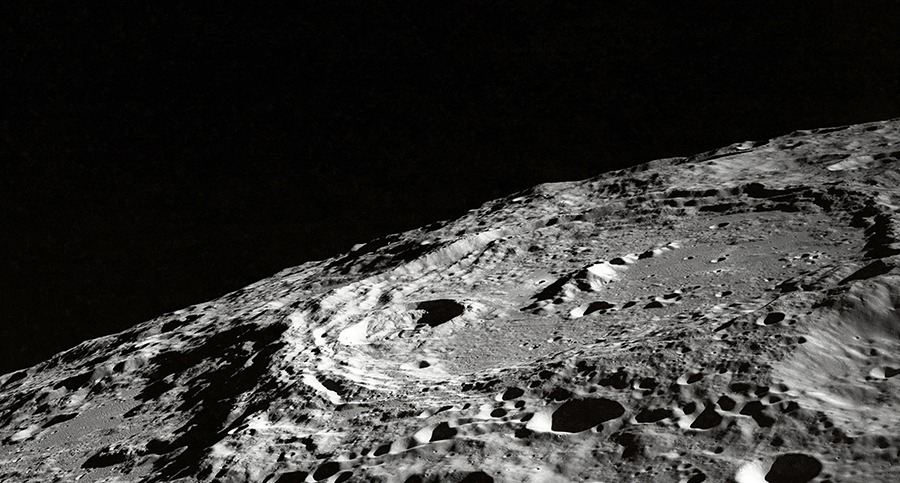In the grand tapestry of cosmic history, we find ourselves at a unique juncture. For the first time, humankind possesses the power to resurrect extinct creatures. This power was once the sole domain of nature and time (Shapiro, 2017), and exploring the Mammoth resurrection project is a pioneering endeavour in the field of de-extinction (Seddon, 2017). The resurrection of extinct species is not merely a testament to human ingenuity. It is also a response to the ongoing sixth mass extinction crisis. The rates of population decline and extinction have risen sharply (Chen et al., 2019).
In this era, biodiversity loss is rising. Maintaining genetic diversity within species is now a conservation focus. This diversity is believed to forecast evolutionary adaptability and extinction risk (Ryals et al., 2015). Our knowledge of genetic diversity loss is limited. Historical events and human-driven climate change impact the genetic profiles of today’s species (Ryals et al., 2015).
What is the Mammoth Resurrection Project?
The Mammoth Resurrection Project is a response to these challenges. It aims to restore a species that once roamed the earth in abundance (Shapiro, 2017). The project is not without its controversies, as it raises ethical, ecological, and practical questions (Cohen, 2014).
However, it provides a chance to understand extinction mechanisms and de-extinction potential. This knowledge aids conservation efforts(Jørgensen, 2013). The Mammoth, vital for maintaining open habitats, is a top de-extinction candidate. Its absence might impact today’s open habitat species more than realised. (Chang et al., 2016).
As we approach a new era in conservation and genetic science, the Mammoth Resurrection Project stands out. It reminds us of our duty to safeguard and uphold the Earth’s biodiversity. It is a testament to the power of scientific innovation, but also a stark reminder of the irreversible consequences of extinction (Nightingale et al., 2003)
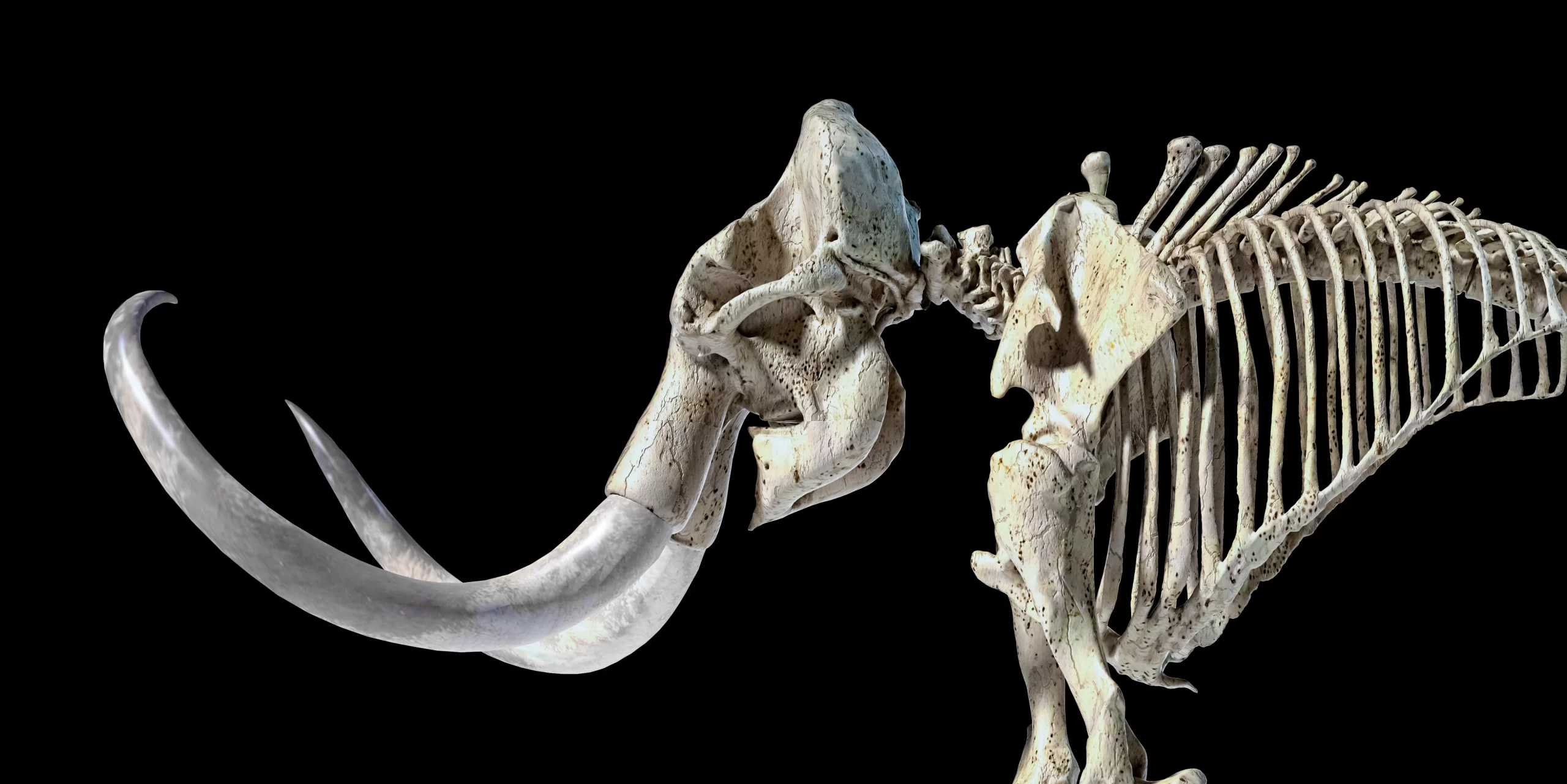
Source: The Intercept
The Interconnectedness of Science
Building on the links between scientific fields, the Mammoth Resurrection Project showcases genetic and cloning advancements. It also offers a potential solution to climate change’s impacts. (Seddon, 2017). The resurrection of the Woolly Mammoth, a species that once thrived in the cold environments of the Northern Hemisphere, is believed to have significant implications. Said implications exist for the restoration of the environment, particularly in Arctic regions (Chen et al., 2019).
The Woolly Mammoth, adapted to survive in cold climates, had a significant impact on its environment. The Mammoth’s activities, such as uprooting trees and trampling the snow, helped maintain the grasslands. In turn, this played a role in climate regulation by reducing the amount of heat absorbed by the Earth’s surface (Ryals et al., 2015). The extinction of the Mammoth led to the encroachment of forests onto these grasslands. Accordingly, this contributed to the warming of Arctic regions. Therefore, the resurrection of the Woolly Mammoth could potentially restore these grasslands, playing a role in mitigating climate change (Ren et al., 2017).
However, this endeavour also brings to the forefront the concepts of technophilia and technophobia. Technophilia, the love or enthusiasm for technology, is evident in the excitement and optimism surrounding the use of advanced genetic technologies to resurrect an extinct species (Shapiro, 2017). On the other hand, technophobia, the fear or dislike of advanced technology or complex devices, is reflected in the concerns and ethical questions raised about the potential consequences and the morality of de-extinction (Cohen, 2014).
Mammoth Resurrection Project and technology
The Mammoth Resurrection Project is a clear example of how different areas of technology intersect. It combines advancements in genetic engineering, cloning technologies, and environmental science to address a complex problem (Seddon, 2017). However, it also underscores the need for careful consideration of the ethical implications and potential unintended consequences of using such technologies (Jørgensen, 2013).
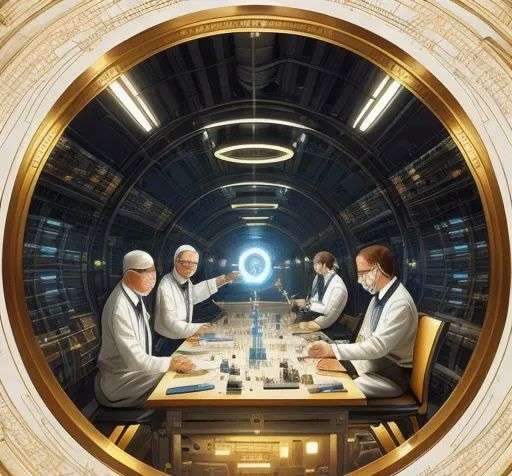
Source: Artflow.ai
Public Engagement and Ethical Implications
The Mammoth Resurrection Project, as a groundbreaking scientific endeavour, has attracted significant public attention. Public engagement with science is crucial, as it fosters understanding, drives policy, and shapes the future of research (Jørgensen, 2013). However, this project also raises profound ethical questions.
We must note that among these implications is the potential impact on the environment and existing ecosystems if the resurrected Mammoth cannot adapt to the current climatic conditions. This is because said climatic conditions would have significantly changed since the time Mammoths first roamed the Earth (Seddon, 2017). Additionally, the possible counterproductive effects, such as competition with existing species or unforeseen impacts on local flora and fauna, that could arise from reintroducing an extinct species, and warrant careful consideration (Seddon, 2017). These questions underscore the need for a comprehensive ecological impact assessment and a robust ethical framework to guide de-extinction efforts (Jørgensen, 2013).
Moreover, the mere promise or potential of de-extinction has been enough to force a reaction from the public. Some people tend to engage early with the new technology, and others push back against change (Seddon, 2017). This highlights the importance of public engagement and the need for clear communication about the potential benefits and risks of such projects. As we navigate this uncharted territory, a careful, realistic approach is essential to ensure that the benefits outweigh the potential downsides (Seddon, 2017).

Source: Artflow.ai
Wonder, Curiosity, and Scientific Rigor
The Mammoth Resurrection Project, in its audacious ambition, stirs a sense of wonder and curiosity about the natural world. It showcases the awe-inspiring potential of genetic technology, opening up new possibilities for understanding and interacting with nature (Seddon, 2017). However, this sense of wonder must be tempered with scientific rigour. The processes involved in de-extinction — cloning, precise hybridisation, and others — are complex and fraught with uncertainties. Thorough testing and validation are essential to ensure the viability and safety of resurrected species (Seddon, 2017).
In the context of the Mammoth Resurrection Project, the concepts of technophilia and technophobia become particularly relevant. Technophilia, the love or enthusiasm for technology, is evident in the ambitious endeavour to resurrect an extinct species using advanced genetic technology. This project embodies the technophilic drive to push the boundaries of what is possible. We can transform the world in accordance with our ideas and desires (Nightingale et al., 2003).
On the other hand, technophobia, the fear or aversion to technology, is reflected in the rigorous scientific scrutiny that the project is subjected to. The complexities and uncertainties involved in de-extinction processes necessitate a cautious approach. The potential risks and unintended consequences of such a groundbreaking technological intervention demand careful consideration and management (Nightingale et al., 2003).
Reflection
The Mammoth Resurrection Project is a fascinating exploration of the possibilities of genetic technology. It serves as a reminder of the need for scientific rigour, interdisciplinary collaboration, and ethical consideration in the pursuit of such ambitious goals (Seddon, 2017). As we continue to push the boundaries of what is possible, we must also ensure that we are doing so in a manner that is responsible and beneficial to both humanity and the natural world (Seddon, 2017).
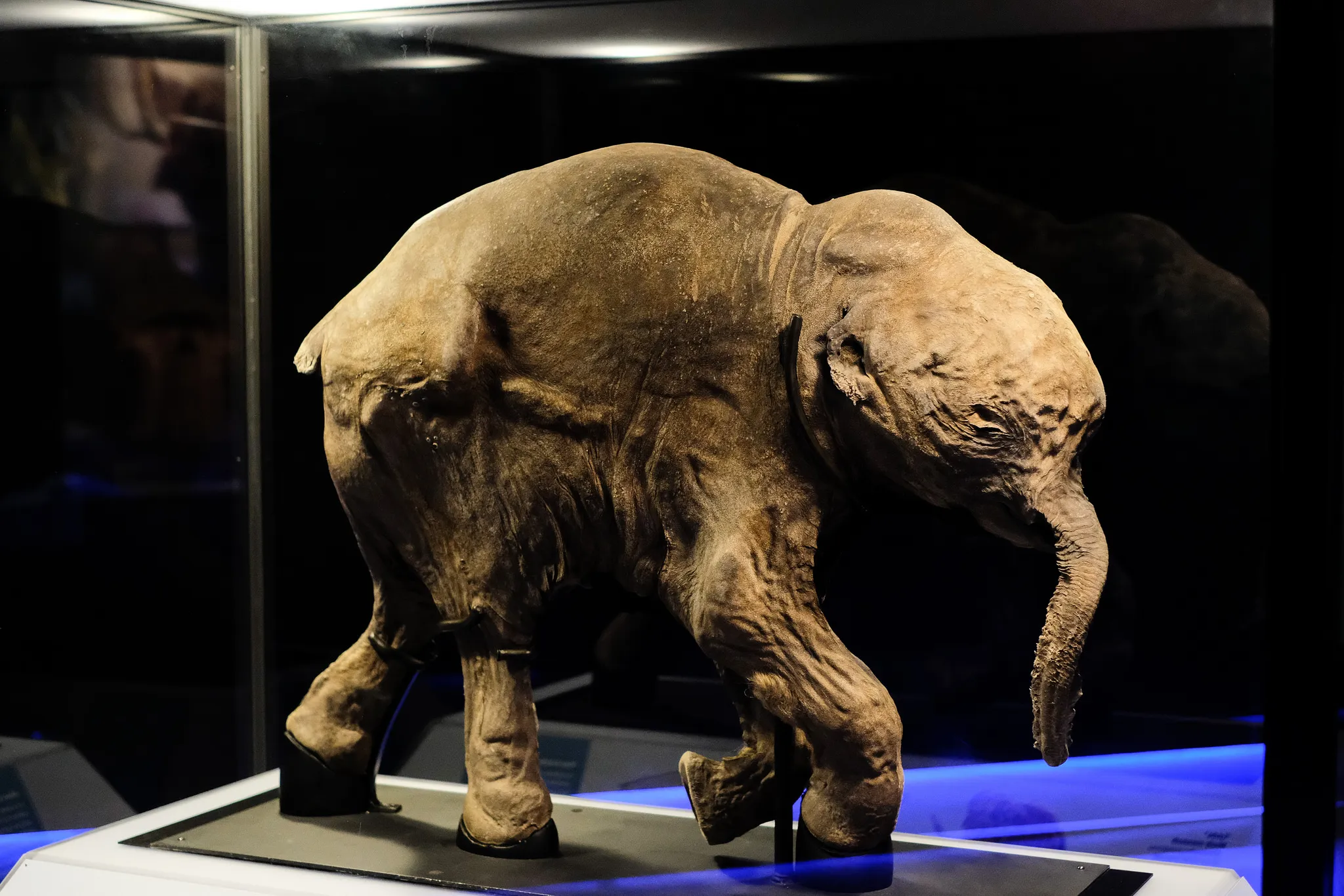
Source: The Polar Connection
Future Implications for the mammoth resurrection project, Innovation, and Progress
Looking forward, the Mammoth Resurrection Project could have far-reaching implications. It could revolutionise conservation, offering a radical new tool to combat biodiversity loss (Seddon, 2017). However, as with any technical change, the project’s trajectory is difficult to predict. It will likely require numerous iterations and redesigns before a successful outcome is achieved (Shapiro, 2017). This uncertainty underscores the importance of a realistic approach that acknowledges the potential challenges and counterproductive effects that could arise (Cohen, 2014).
The project could also contribute to climate change mitigation, as resurrected Mammoths could help restore the Arctic tundra and sequester carbon (Chen et al., 2019; Ryals et al., 2015). Moreover, the potential power of this technology also raises concerns about our ability to control its external impacts, which could be extensive given the scale of the intervention (Chang et al., 2016).
Accordingly, the project exemplifies the power of science to drive progress. The innovative use of genetic technology to address ecological and climate challenges represents a significant leap forward in our ability to shape the world around us (Seddon, 2017). Certainly, it raises complex ethical dilemmas about the extent to which we should ‘play God’ with nature (Cohen, 2014). It’s crucial to remember that while we may be able to manipulate the functional properties of life through genetic engineering, this does not grant us complete control over the wider ecological and evolutionary systems in which these life forms exist (Jørgensen, 2013).
In summary, the Mammoth Resurrection Project embodies the promise and perils of technological innovation. It offers exciting possibilities for conservation and climate change mitigation, but also poses significant challenges and risks (Seddon, 2017). Navigating this new territory requires a cautious approach. It’s vital to ensure benefits surpass potential downsides (Cohen, 2014).
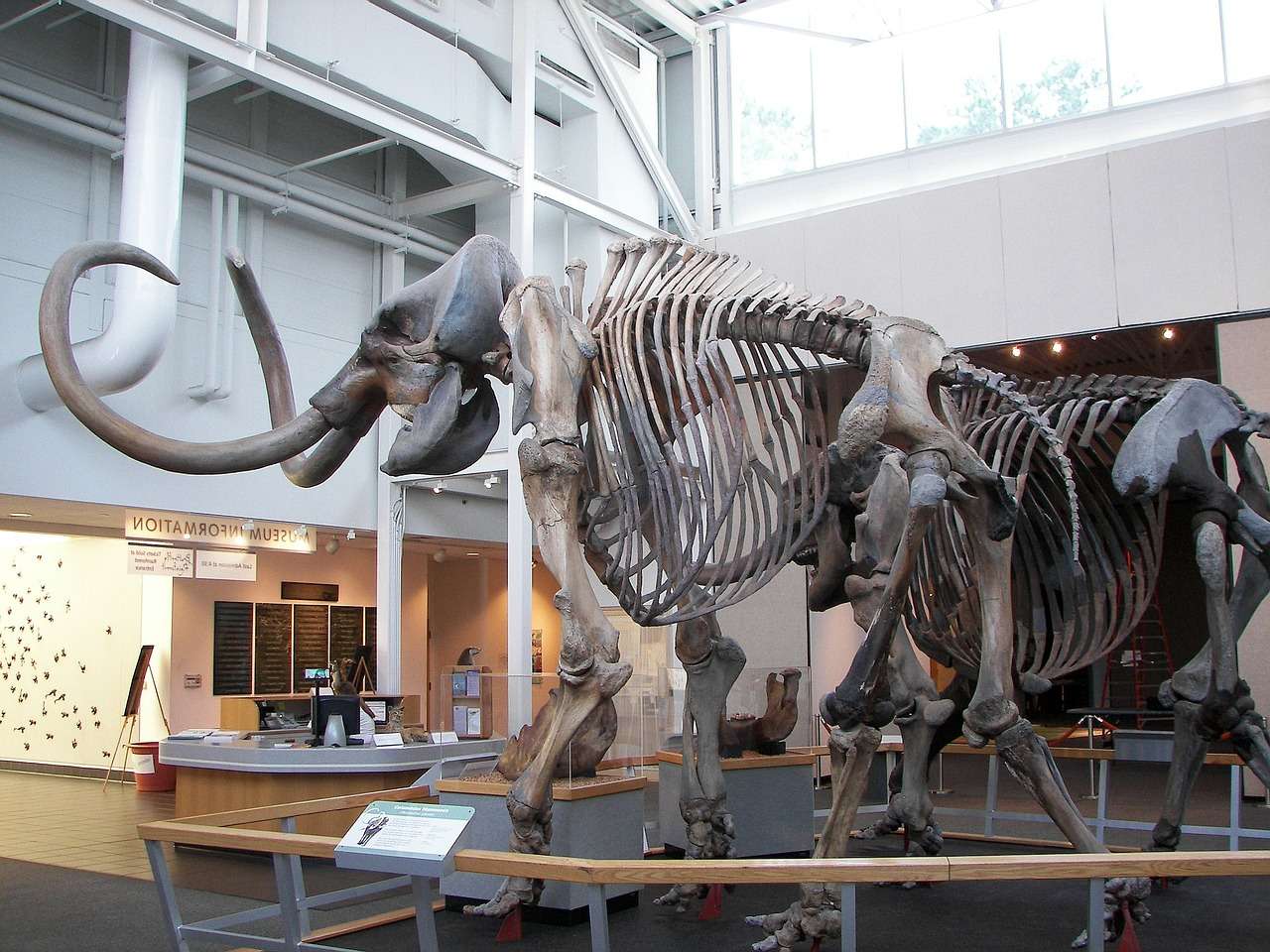
Source: Pixabay
moving forward
In conclusion, the Mammoth Resurrection Project stands as a groundbreaking scientific endeavour. It holds profound implications for conservation and climate change mitigation (Seddon, 2017). By leveraging advancements in genetic engineering, cloning technologies, and environmental science, this project showcases the interconnectedness of scientific disciplines and the potential for interdisciplinary collaboration. While it presents exciting possibilities, the project also raises significant ethical concerns that necessitate a careful and responsible approach (Cohen, 2014).
The Mammoth Resurrection Project highlights the importance of public engagement and ethical considerations in scientific endeavours. Engaging the public in the project’s discussions is vital for understanding and shaping policies. It ensures diverse perspectives are considered. Furthermore, the project requires the establishment of a robust ethical framework to guide decision-making, address concerns regarding the impacts on other species and ecosystems, and ensure responsible practices throughout the de-extinction process (Cohen, 2014).
Conservation
Looking ahead, the Mammoth Resurrection Project holds far-reaching implications for conservation and climate change mitigation (THRIVE, 2023). The restoration of extinct species and their ecological roles has the potential to contribute to biodiversity preservation and ecosystem balance (Shapiro, 2017; Jørgensen, 2013). Moreover, the project represents a significant leap forward in our understanding and application of genetic technology to address pressing environmental challenges (Seddon, 2017). However, a cautious and responsible approach is paramount. Thorough scientific testing, rigorous risk assessment, and ongoing monitoring are necessary to ensure the viability, safety, and long-term sustainability of resurrected species (Seddon, 2017).
In summary, the Mammoth Resurrection Project represents a groundbreaking scientific endeavour with profound implications. Public engagement, ethical considerations, and responsible scientific practices are essential as we navigate the complexities and uncertainties associated with de-extinction (Cohen, 2014). By embracing interdisciplinary collaboration and approaching the project with care and responsibility, we can harness the potential benefits of genetic technology. It is essential we ensure the preservation of biodiversity and the well-being of our planet (Seddon, 2017; Jørgensen, 2013).

Source: Artflow.ai
achieving the United Nations Sustainability Development Goals (SDGs) and how they link to the mammoth resurrection project
At THRIVE, we recognise the potential of innovative scientific endeavours like the Woolly Mammoth Resurrection Project, to address pressing environmental challenges. We leverage advancements in genetic engineering and cloning technologies, exemplifying the interconnectedness of scientific disciplines. The power of interdisciplinary collaboration is also considered, aligning with SDG9: Industry, Innovation, and Infrastructure.
The Mammoth Resurrection Project also underscores the importance of partnerships in achieving our goals, resonating with SDG17: Partnerships for the Goals. Engaging the public in discussions about the project’s objectives, potential impacts, and ethical dimensions is crucial for fostering understanding. In this vein, we can shape policies, and ensure a broad range of perspectives are taken into account. Furthermore, the project requires the establishment of a robust ethical framework to guide decision-making, address concerns regarding the impacts on other species and ecosystems, and ensure responsible practices throughout the de-extinction process.
A Thrivable Framework
Looking to the future, the Mammoth Resurrection Project symbolises potential in conservation and climate change solutions. The revival of extinct species and the re-establishment of their ecological functions could significantly bolster biodiversity and restore equilibrium within ecosystems.
However, it is crucial to tread this path with caution and responsibility. Scientific testing and risk assessments are vital for resurrected species’ viability and safety. Continuous monitoring ensures their long-term sustainability. The journey towards resurrecting extinct species is not just about bringing them back to life. It is also about ensuring their survival and integration into our ecosystems in a manner that is beneficial for all.
At THRIVE, we highlight groundbreaking science. Our research and advocacy provide insights into this process. We invite you to join our endeavour. Don’t hesitate to engage with our informative blog posts and podcast series. Participate in our live webinars to delve deeper into the world of sustainability. Together, we can chart the course towards a more thrivable future.























